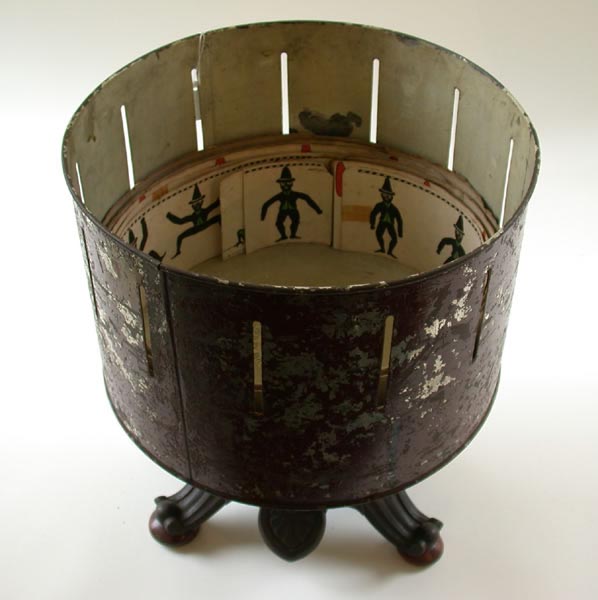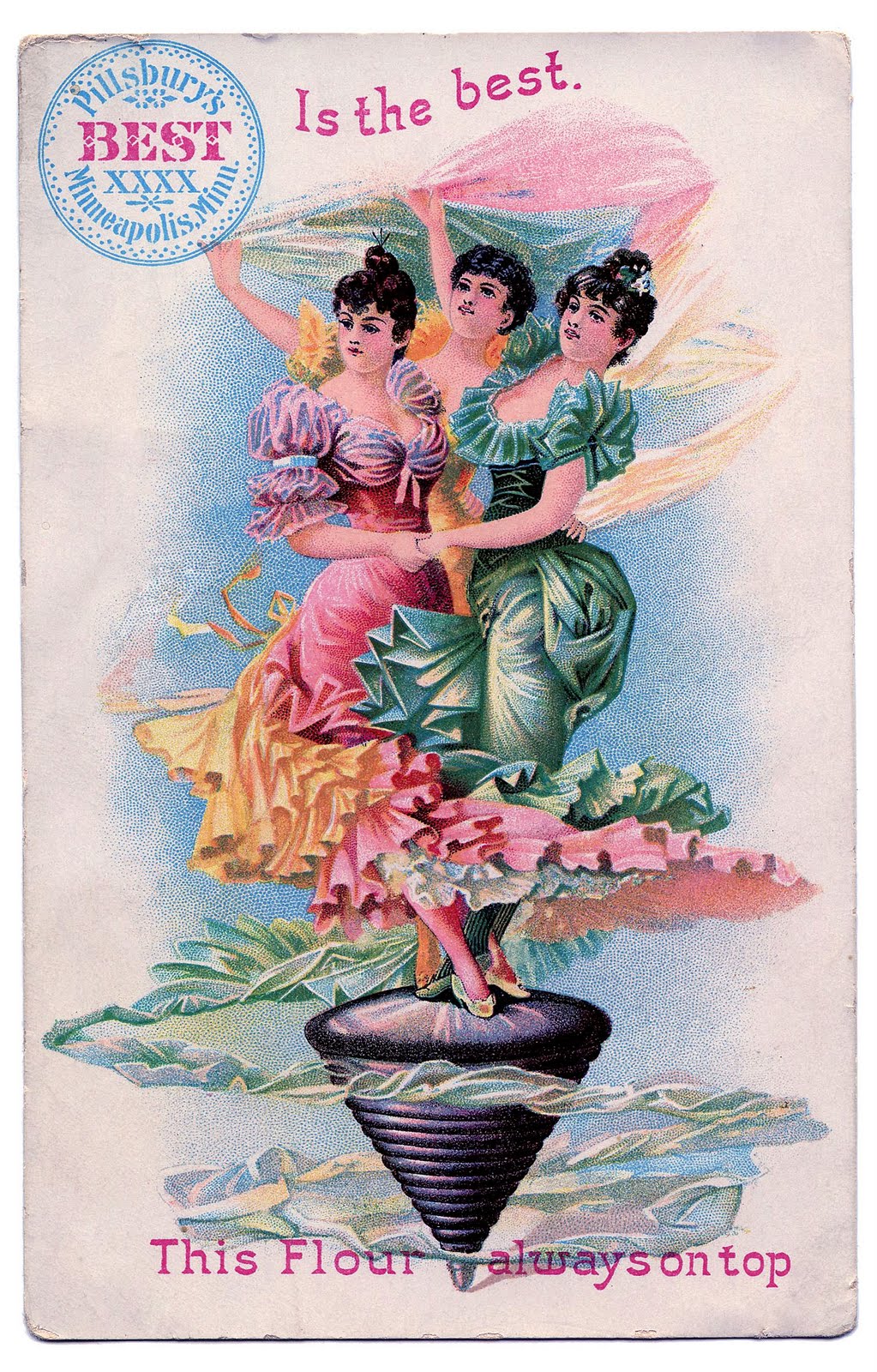by Nathan and Colby

Gem and Perera are said to have played the game as early as 1869. By the late 1870s and early 1880s, tennis clubs were all the rage throughout Victorian England and America. Today, we know the game simply as 'tennis.' 2 Happy Families. Snakes and Ladders is a prime example of a popular board game that Victorian children played. Our modern version of this game is Chutes and Ladders. Card games were also played between children and adults alike. The common game of our time, Tic Tac Toe, was also played by Victorian Englanders.
During 1837-1901 was the Victorian Era was the years of Queen Victoria’s reign. From June 20, 1837, to her death on January 22, 1901. During this era, Children usually helped their parents in factories and sweatshops. Check out our victorian era game selection for the very best in unique or custom, handmade pieces from our shops. Pages in category 'Video games set in the 19th century' The following 135 pages are in this category, out of 135 total. This list may not reflect recent changes. 3 Skulls of the Toltecs; 80 Days (2005 video game) 80 Days (2014 video game) 1453–1821: The Coming of Liberation.
During 1837-1901 was the Victorian Era was the years of Queen Victoria’s reign. From June 20, 1837, to her death on January 22, 1901. During this era, Children usually helped their parents in factories and sweatshops. As Time went on, the Factory Acts were passed. The acts limited the amount of time the children could work. Then, this led to a growing demand of toys, which led to a mass production for toys to occupy the children. There was an abundance of toys for kids to play with. Just to name some, there was the leather football, toy soldiers, the diabolo, marbles, and the jumping rope.
Leather football
Different kinds of the modern football and soccer ball have been around since between 2500-5000 B.C, and leather or animal skins have been used to make them just about as long. Football was played on the lawns or in the streets by all classes of people. The rich children could own a fancy professionally made ball but the poor children could easily make their own. Most kids would struggle to get enough money for a football they could buy at the store but most of the lower class kids wouldn’t be able to ever afford one.
Toy Soldiers
Many of today’s war video games have taken the place of toy soldiers. Kids would use their imagination to fight wars and battles with their toy soldiers. They would collect there soldiers then muster up as a group and fight with everybody’s soldiers. This was a very fun way to imagine fights and wars as a kid but in a clean and nonviolent way.
The Diabolo
There is a string with two sticks attached at each end. It also comes with a plastic or maybe metal spool. The toy came from China and became very popular in the UK. You are supposed to throw the spool up in the air then catch it on the string. Many kids after a while learned how to do many cool and different tricks.
Marbles
Marbles are still used today, but aren’t as popular as they were in the Victorian era. Many games were played with marbles. To name some, Bouncers, Shooting, and Hundreds were all played with marbles. Poor children usually had clay marbles, while the rich had real marbles made from real marble.

Skipping Rope
The jumping rope is a toy and an exercise still popular today. We know it as the Jump Rope, but in the Victorian era, it was the Skipping Rope. It was more popular with girls than boys. The rich had skipping ropes with fancy carved handles, but the poor could easily make their own.
Works Cited
“Victorian Toys and Victorian Games.” Victorian Children, www.victorianchildren.org/victorian-toys-and-victorian-games/
“The Victorian Era Play (1837-1901) | Collections.” Boston Children’s Museum, www.bostonchildrensmuseum.org/exhibits-programs/collections/victorian-era-play-1837-1901.
“Victorian Parlour Games.” The Victorian School, www.victorianschool.co.uk/parlour%20games.html.
“Primary History – Victorian Britain – Toys and games.” BBC, BBC, www.bbc.co.uk/schools/primaryhistory/victorian_britain/toys_and_games/.
Chayer, Alex. “Toys and games children played in the Victorian era.” Prezi.com, 22 Jan. 2016, www.prezi.com/wjmmtfdttzgr/toys-and-games-children-played-in-the-victorian-era/
HYPERLINK WITH: Bill, Matt, and Lenahjaa – Parlour Games
While most people in our modern times think of video games when playing games is mentioned, but back in the Victorian era, card games were the main form of gaming entertainment. If you are planning a Victorian style get together or Steampunk event, these Victorian card games are sure to add a splash of history to your occasion. While these games may be old and outdated in some opinions, they are the perfect idea to bring a little bit of Victorian nostalgia into these modern times and can still be a lot of fun. Here we review a few of the old card games and how to play them.
Bread and Honey
This card game dates back to 1896 and was based upon the children’s nursery rhyme of “Sing a Song of Sixpence.” The deck of cards contains a total of 53 cards including four Clowns, Queens, Maids, and Kings, along with 37 blackbirds. If several are playing, more than one deck may be used. Cards are dealt one at a time, face down in a rotation until all cards are used. When a player plays a card other than a blackbird, the next player has to play a certain number of cards depending upon what the former player’s card was. As the game progresses, the player ending up with the whole pack wins the game.
Whist
Whist is considered to be the best and most popular of the Victorian card games, combining elements of both chance and skill. It is considered to be the ancestor of the modern game of Bridge. This is a game played by four people divided into two teams of two players. The game is played with a standard 52 card deck and the object of the game is to win the most tricks. Detailed instructions and rules for playing Whist can be found here. There are also variations of Whist that can be played with either two players or three players known as Single Dummy and Double Dummy.
Hearts
The card game Hearts was developed in the 1800’s and differs from Whist in that the players try not to win tricks, especially ones that contain the hearts suit. The game is ideal for four players, while it is possible for three to seven players to participate. The object is to rid yourself of all of your hearts. The game is played with a regular deck of 52 cards. The players start by taking turns laying down the leading suit, which the other players follow. If the player does not have a card in that suit, they can throw out a card from another suit, which is an opportunity to dispose of their hearts. You can find an more in-depth discussion of this game here.
Ecarte
This is a game intended for two players that is played with a 32 card deck. Each player is dealt five cards, which one turned to determine which suit is the trump suit. The object is to win three out of five tricks, which can be from the cards that they were dealt, or the player may exchange cards that they don’t want and be dealt an equal number of new cards from the deck. More detailed instructions on how to play the game can be found here.
Loo
Popular in England from the 17th to 19th centuries, this is a game for three to eight players that use a 52 card deck. There are versions of Loo that either use three or five dealt cards. In both scenarios, the players have the opportunity to stay in or drop out of the game. Players who stay will take a proportionate share of the pot for each trick taken, but have to pay in a monetary amount that equals the pot if they fail to take any tricks. In some versions of the game, the player may choose to remain in the game and be allowed to discard some of their cards which will then be replaced with fresh cards from the undealt stack of cards. This game proved to be both a domestic pastime as well as a popular gambling game. For detailed instruction on both three card and five card Loo, follow this link.
Old Maid

The game of Old Maid can be played with either a regular deck of cards or those specifically made for Old Maid which feature a variety of people and the “Old Maid”. This is a game for two to eight players and the object is to not be the one left with the Old Maid card. All cards are dealt with a commercial deck, or all cards minus one queen if playing with a standard deck. When all cards are dealt, each player examines their hand for matching pairs. Each matching pair is then laid down face up in front of them. After all matching pairs are laid out, the players shuffle their remaining cards and the player to left of the dealer chooses a card from the deck of the player on their left (backs of cards visible only to the player). The player then adds the chosen card to their own deck, or if they can make a pair from it, discards the pair and adds it to the pile of other pairs. The game continues in this manner until one person is left holding the “Old Maid” card.
Snap
Snap is a fun game for kids and possibly an ideal one because it can still be played even if a few cards are missing from a deck or some cards are slightly damaged. This is a game for two or more players with the object being to win all of the other players’ cards. The game can be played using a special Snap card deck or a standard 52 card deck. Cards are dealt around the table, face down and clockwise. Players then turn one card at a time over, moving around the table. The players try to spot matching cards and yell “Snap!” when they see a match. It is important to pay attention in this fast moving game in order to be the first person to yell “Snap!” so that you get the matching pair of cards. As play continues, one person eventually ends up with all of the cards and in turn, wins the game.